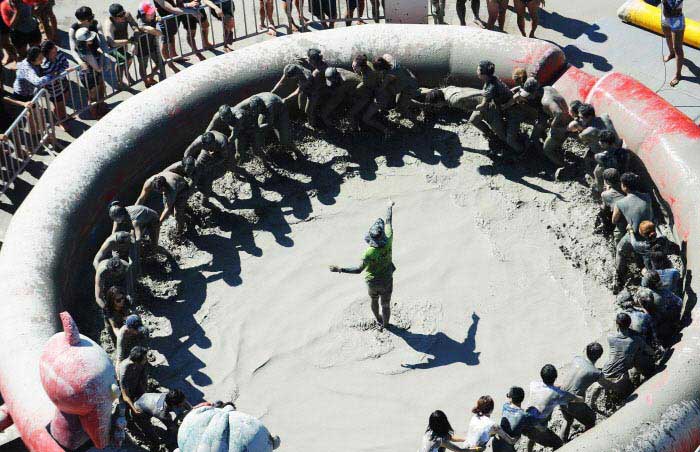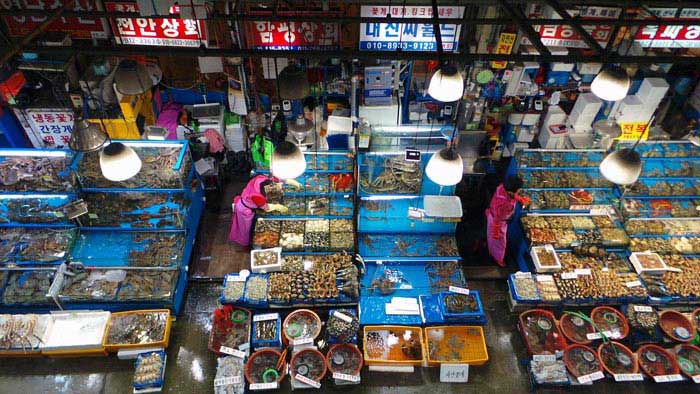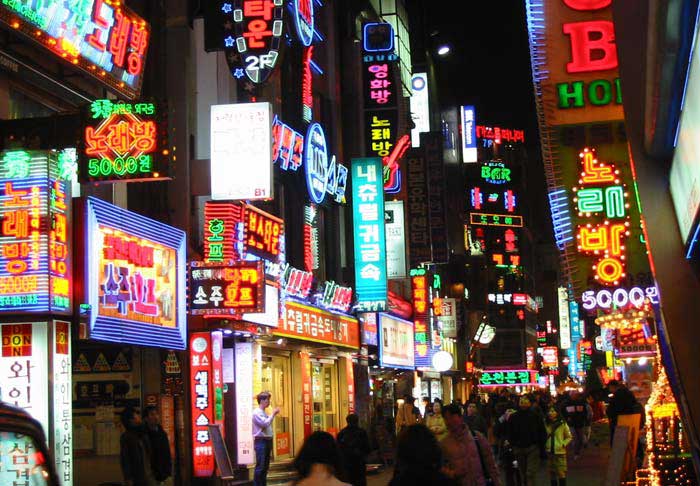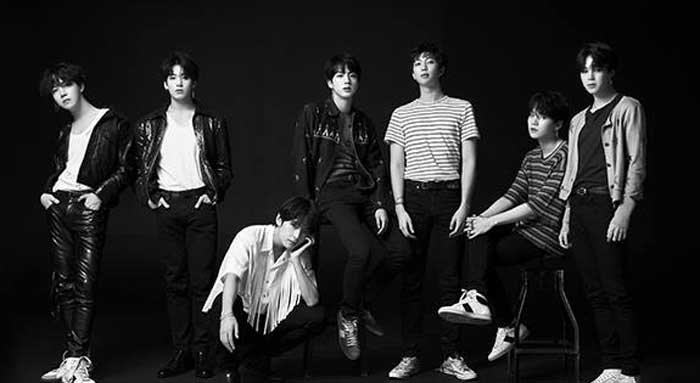Steeped in culture, history and tradition, South Korea's festival offer is diverse, interesting and educational. Whether you visit South Korea in winter or summer, you won't miss a festival as there are events all year round.
Mountain Trout Ice Festival
Winter is an exciting time in South Korea as both locals and visitors flock to the Mountain Trout Ice Festival, which takes annually throughout January. With the setting of crystal clear ice and white snow at Hwacheon, the Ice Festival features activities that cater to all visitors. From mountain trout ice fishing, snow sledding, ice sculpture and many more programs, the event has something in store for families, couples, and all visitors.
Jindo Sea parting Festival
A few times during the year, the tide is low enough for people in Jindo to walk along a narrow path through the sea from the mainland to a nearby island. The phenomenon of the sea parting is sometimes called the "Moses Miracle" and it creates a path that is approximately 2.8 kilometers long and 40 to 60 meters wide.
Hampyeong Butterfly Festival
The end of April in Hampyeong, South Jeolla Province, is the time for butterflies and that's got nothing to do with couples but with actual butterflies. The festival allows visitors to walk through fields of wild flowers and observe the butterflies in their natural habitat when spring is in bloom. This is a great opportunity for enthusiasts to observe rare butterflies up close and learn about ecology.
Damyang Bamboo Festival
Each year Bamboo lovers flock to Damyang-fun in South Jeolla Province, famous for its lush green forests awash with bamboo, other trees and cultural sites. Apart from the beautiful scenery, visitors also enjoy orchestral concerts, traditional music, riding pedaloes, fishing, among others.
Muju Firefly Festival
When the night falls, fireflies light up the sky of Muju, North Jeolla Province. The event takes place each year in mid-June and the activities include a "fireflies exploration event" - in which visitors experience fireflies' natural environment - and trout fishing.
Boryeong Mud Festival
Nestled by beautiful mountains, the mud festival takes place on Daecheon beach in Boryeong. As the mud there is gifted with high levels of minerals, germanium and bentonite, South Koreans claim this mud helps improve your skin tone. The Boryeong Mud Festival, which takes place in mid July each year, is the most popular event among Korea's foreign community, and it features fun activities such as mud wrestling, the "mud king" contest, fireworks, slides greased with mud and dance parties.
Sinchon Water Gun Fight Festival
Grab your water gun and join one of the most exciting festivals of the year. Although it started off as a fun festival in which people of all ages and nations join play with a water gun, it now features other activities which reflect unique ideas and local artists take place in these activities.
Cool Summer Music Festival
Sinchon might have started the trend but it is not the only place that holds a water gun fight. In fact, Seoulland's Cool Summer Music Festival is not only famous for its performances but also for its large-scaled water gun fight which takes place in World Plaza. While waters streams from directions to cool off during the day, at night music programs take over, including Music Survival, Chi-maek (chicken and beer) Night, and evening performances.
Andong International Mask dance Festival
Each year around the end of September, the Andong International Mask Dance Festival takes place and offers visitors the opportunity to enjoy Korea's talchum (Korean masked dances), as well as international masked performances. When the nigth falls, don't miss Hahoe's highlight performance "Seonyujul Bulnori", where you'll be able to see spectacular fireworks light up the sky, creating impressive reflections on the river.
Jinju Lantern Festival
Each year in October the Nam River is lit up with hundreds of beautiful paper lanterns of all shapes and sizes floating down the stream. This festival features an interesting tradition in which visitors write their wishes and attach them to lanterns.
Gwangju World Kimchi Festival
As expected, the Gwangju World Kimchi Festival is held to promote the most famous Korean side dish: Kimchi. The event takes place in the country's Kimchi themed park, Gwangju Kimchi Town, which features a number of diverse kimch-related programs like cooking experience, art gallery, kimchi market, and other fun events. Some of the activities include a Kimchi Master Competition, along with other hands-on program. If you don't win the Presidential Prize, at least you get to take home whatever kimchi you made at the festival.




